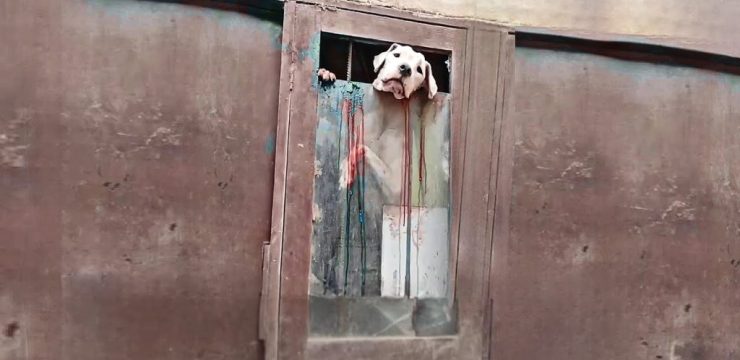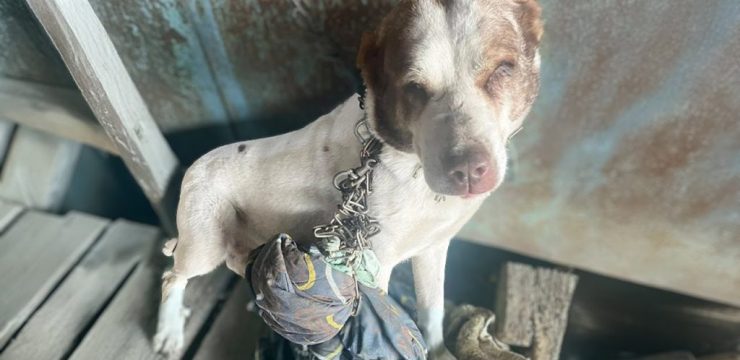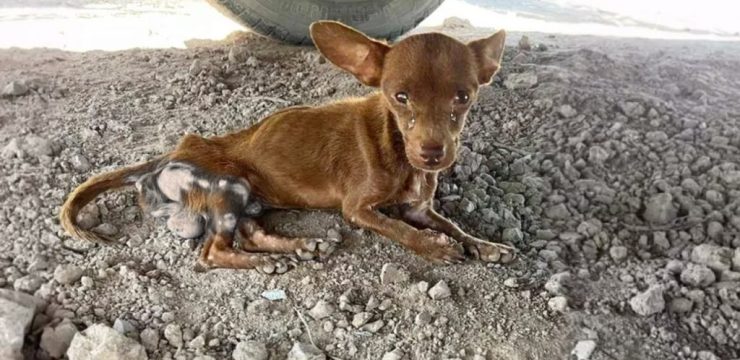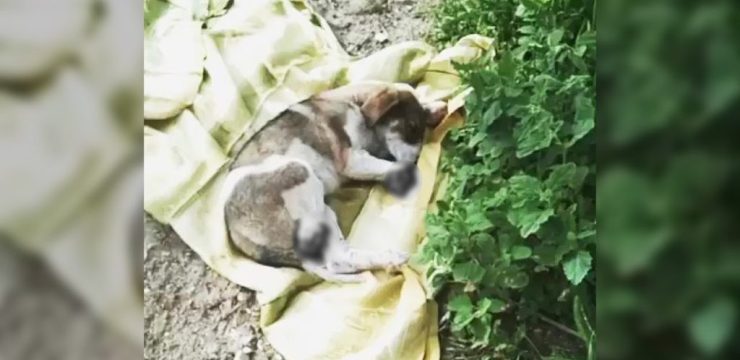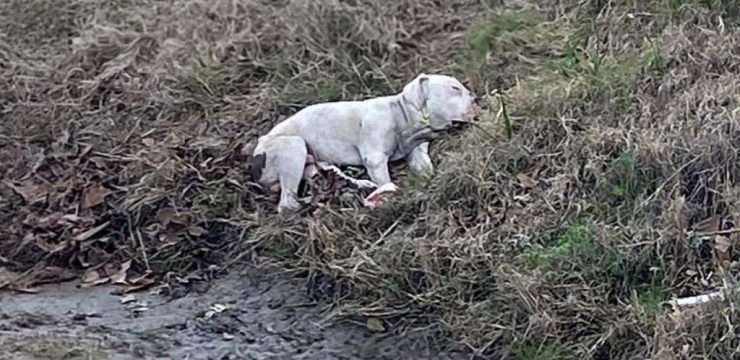Sofia Martinez, a 26-year-old traveler from Mexico, had always carried dreams of exploring Spain’s cultural festivals. She imagined strolling along ancient streets, surrounded by vibrant music, traditional dances, and celebrations that transformed historic corners into colorful, living tapestries. That summer, she found herself in a small historic town in Andalusia, drawn by the promise of exactly that—an authentic festival experience, steeped in centuries-old rituals and alive with energy.
She had planned her trip carefully, eager to fully immerse herself in Spanish culture, to observe rich festival rituals and capture photographs of dancers in elaborate costumes and lively folk musicians. As she wandered through the bustling streets, her excitement swelled. Locals were setting up stalls with handcrafted goods, children chased each other while waving small flags, and the aroma of roasted almonds and sizzling chorizo filled the air. Everything felt magical.

Yet, despite the festive atmosphere, Sofia remained vigilant. She had read that some festivals included events with animals, including bulls, and she knew she must keep a safe distance. She chose a quiet corner beside an ancient stone wall to observe the crowd and watch the activities unfold from a more protected perspective. The festival was loud and chaotic, with music reverberating off stone buildings, laughter echoing through narrow alleys, and spectators jostling for the best vantage point.
Sofia’s attention was absorbed by a troupe of musicians playing traditional drums and guitars when suddenly she felt the ground tremble beneath her feet. A low, deep rumble rolled through the street, accompanied by a strange, heavy shuffling. Her heart skipped a beat. She turned and saw a massive black bull, part of a herd that had broken free from its handlers, charging around a corner. Panic surged through her. The bull’s muscular body was enormous, its glossy coat reflecting the sunlight, and its horns curved ominously. People nearby screamed, ducked, and scrambled out of the alley, but Sofia had nowhere to run.
She tried to move backward, pressing herself against the stone wall, her hands trembling as they gripped the rough surface. The bull advanced, its nostrils flaring, its breath hot in the warm air. Sofia could feel each thunderous step reverberating through the cobblestones. Her mind raced: This is it. I’m done. She squeezed into the narrow space between a doorway and an iron-barred window, hoping to create enough of a barrier to deter the animal. Her limbs shook uncontrollably, and tears blurred her vision.
For several long, terrifying seconds, she was frozen in place. The bull stopped just inches behind her. Its massive head hovered over her back, the tips of its sharp horns glinting dangerously. The alley fell completely silent, except for Sofia’s ragged breathing and the distant murmur of frightened onlookers. People whispered prayers, others turned away in fear, and a few held their phones frozen, capturing the incredible moment. And then… something remarkable happened.
Instead of charging, the bull paused. Its ears flicked, its nostrils quivered, and it lowered its head slightly—but not in attack. Its posture was tense but cautious, almost curious. The animal leaned forward gently, pressing its nose to Sofia’s back. She shuddered violently, tears streaming down her face, and whispered, “Please… please don’t hurt me.” For reasons she couldn’t understand in that moment, the creature did not act aggressively. It remained there, breathing softly, its eyes wide but calm, as though reading her fear and choosing not to act on instinct.
The crowd watching the scene erupted into murmurs of disbelief. “Why isn’t it attacking?” one spectator asked. “Is it protecting her?” another wondered. Even the most experienced festival-goers were stunned. The powerful bull, capable of immense destruction, had not harmed the terrified young woman pressed against the wall. Instead, it seemed to freeze, assessing the situation, observing the human presence as carefully as they were watching it. Minutes felt like hours. Local animal handlers cautiously approached, ropes and poles in hand, trying not to startle the animal further. The bull lifted its massive head one last time, turned toward Sofia, and allowed itself to be gently guided away.
Relief washed over her as she collapsed to her knees, shaking, crying, and hyperventilating from adrenaline coursing through her body. Later, veterinarians and animal-behavior experts explained the phenomenon to onlookers and the media. Bulls, like many animals, do not always respond aggressively when cornered. In fact, loud noises, bright colors, and chaotic crowds can sometimes overwhelm them, causing confusion rather than aggression. Experts described this behavior as a “freeze response,” where the animal pauses, observing its environment to make sense of the threat instead of immediately reacting violently. In this case, the bull’s hesitation and gentle curiosity had saved Sofia’s life.
The incident became a lesson in both caution and compassion. Sofia later recounted the experience in interviews and on social media, sharing her terror and the strange sense of connection she had felt in that moment. She wrote about the fear that gripped her, the strength of the animal before her, and the surreal sensation of life and death suspended in an alley in historic Spain. “I will never forget the warmth of its breath, the strength of its body so close, and the miracle that it didn’t harm me,” she said. “It was terrifying, yes—but it also reminded me that sometimes, even in the most frightening circumstances, creatures can choose curiosity over aggression. That choice saved me.”
The story of Sofia and the bull quickly spread around the world, sparking conversations about human–animal interactions, livestock behavior in urban environments, and the importance of careful safety protocols at events involving animals. Local authorities reviewed their festival safety measures, while animal-behavior specialists emphasized the need to respect and understand these creatures rather than fear them blindly. For Sofia, the encounter left a lasting mark. She returned home changed—not only grateful for her life, but inspired by the lesson she had learned: that courage, respect, and a moment of mutual understanding can exist even in the most dangerous circumstances. While her hands will forever shake at the memory, she will also carry the wonder of that day in her heart for the rest of her life—a day when fear, trust, and the inexplicable gentleness of a powerful animal intersected in the narrow streets of historic Spain.

